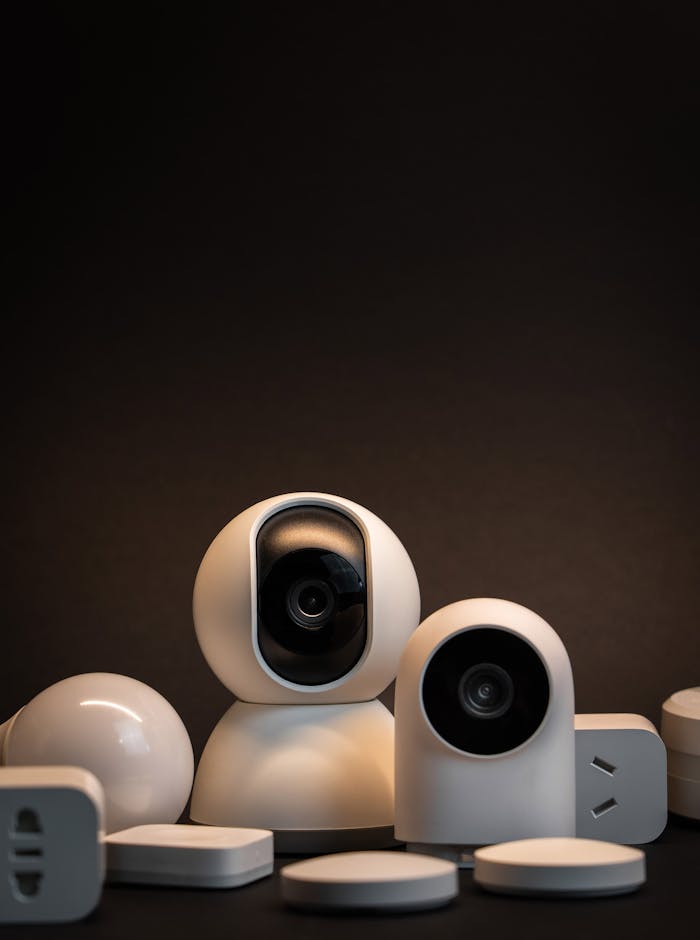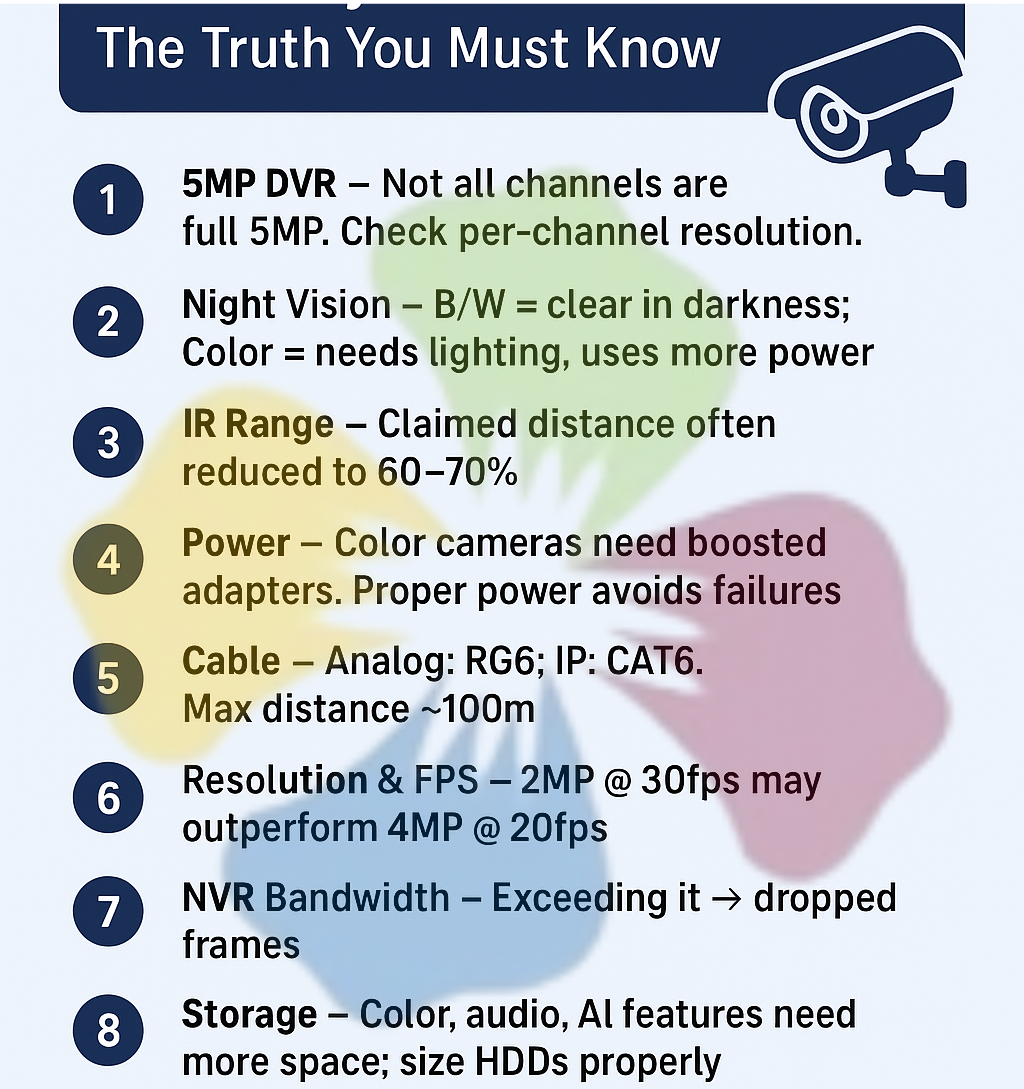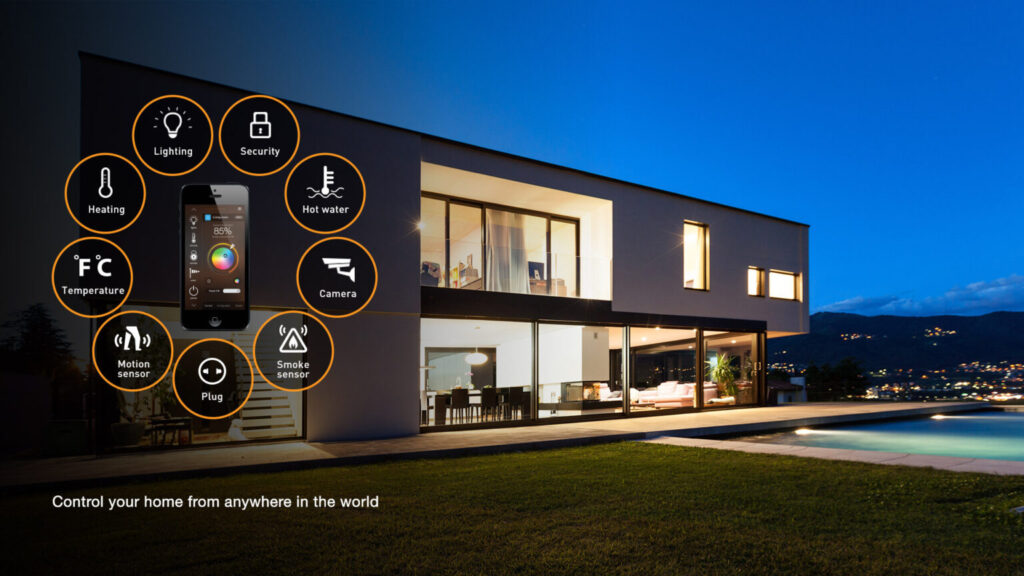The vision of an Intelligent Building is captivating. We imagine a structure that hums with seamless efficiency, where the lights adjust to the time of day, the climate control anticipates occupancy, and a vigilant security network operates with flawless precision. This is the powerful promise of a Building Management System (IBMS)—the central nervous system designed to unify every critical function of a modern facility.
But for many business owners and facility managers, this vision remains disappointingly out of reach. They invest in “smart” technology, only to find themselves with a building that is anything but intelligent. They grapple with sky-high energy bills despite having an automated HVAC system, discover glaring blind spots in their “high-resolution” security network after an incident, and field constant complaints about comfort and accessibility. The result is a chaotic collection of expensive, high-tech gadgets that underperform, refuse to communicate, and ultimately fail to deliver a return on investment.
This failure doesn’t stem from the technology itself. It stems from a fundamental misunderstanding: a smart building isn’t something you can buy off a shelf. It must be meticulously engineered. The critical component that bridges the vast gap between a manufacturer’s datasheet and real-world performance is the IBMS System Integrator.
To truly understand why this role is not just a value-add but the absolute cornerstone of a successful project, we need to peel back the layers of marketing and look at the hard truths of system design. Let’s use an example everyone is familiar with—the “simple” CCTV surveillance system—to reveal the hidden complexities that an integrator is trained to master.
A Real-World Lesson: Deconstructing the “Simple” CCTV System
You’ve decided to install or upgrade your security system. A vendor provides a quote filled with impressive specifications: an “8-Channel 5MP DVR,” cameras with “Color Night Vision,” and a “30-meter IR Range.” On paper, it looks perfect. But what the datasheet promises and what your system will actually deliver are often two vastly different things. This is where an integrator’s expertise moves from a luxury to a necessity.

1. The 5 Megapixel (5MP) DVR Myth
- The Datasheet Tactic: A vendor sells you an “8-Channel 5MP DVR.” Your natural assumption is that you can connect eight 5MP cameras and record all of them at that stunning, crystal-clear resolution.
- The Technical Reality: The heart of any recorder is its processing chip, or System-on-a-Chip (SoC), which has a finite encoding capacity. This is the maximum amount of data it can process and write to the hard drive every second. To market these devices attractively, manufacturers often use “5MP-Lite” or “5MP-N” technology. A true 5MP image has a resolution of roughly 2592×1944 pixels. A “5MP-Lite” stream, however, records at 1296×1944 pixels—halving the horizontal detail—and then uses digital upscaling to display it. While better than 1080p, it’s not genuine 5MP. Furthermore, the recorder’s total bandwidth might only support one or two channels at full resolution and frame rate. The remaining six channels are automatically and silently downgraded to 1080p (2MP) or even less to avoid overloading the processor.
- The Integrator’s Solution: At Malar World, we move beyond the marketing label. We scrutinize the datasheet’s fine print for the “per-channel recording resolution” table. We calculate the total system bandwidth required based on your needs (
Bitrate per Camera x Number of Cameras = Total Load). We then select a recorder with a processing capacity that guarantees your most critical cameras—those monitoring cash transactions, entry points, and high-value assets—will capture footage at the resolution and frame rate required to provide irrefutable, usable evidence. A simple recommendation by us, Full 5MP 8channel HD DVR of a reputed brand fit to 8 numbers of 2MP HD cameras with all 8 channels recording resolution at 2MP and not all 8 channels recording resolution at 5MP.
2. The Black & White vs. Color Night Vision Dilemma
- The Datasheet Tactic: “Color Night Vision” is marketed as the revolutionary, superior choice for all night-time surveillance.
- The Technical Reality: This technology is more accurately “Ultra Low-Light” vision. It relies on a combination of highly sensitive sensors and wide-aperture lenses (e.g., f/1.0) to amplify existing ambient light from streetlamps, signage, or moonlight. In complete darkness, the image becomes a noisy, unusable mess. Many models include a supplemental white light, but this can be intrusive in residential areas and act as a beacon for vandals. Conversely, traditional Black & White Infrared (IR) cameras, which use 850nm LEDs to produce their own invisible light, deliver far clearer, more reliable images in pitch-black conditions and consume less power.
- The Integrator’s Solution: Our process begins with a thorough site survey and light-level assessment. A well-lit hotel entrance or storefront benefits immensely from a color camera to capture key details like the color of a vehicle or a suspect’s clothing. However, for a dark warehouse perimeter, a secluded back alley, or a rural property, a powerful B/W IR camera is unequivocally the more reliable choice for detection and identification. We choose the right tool for the specific environment, not the most heavily marketed one.
3. The IR Range Reality Check
- The Datasheet Tactic: A camera boasts an impressive “30-meter IR range.”
- The Technical Reality: This specification is almost always misleading. In the security industry, we use a standard called DRI (Detection, Recognition, Identification). The advertised 30 meters is the Detection range—the distance at which the camera can tell you something is moving. The Recognition range (e.g., distinguishing a person from a large animal) might be 20 meters. Crucially, the Identification range, where you can clearly see a face or license plate to provide to law enforcement, might be as little as 10-15 meters.
- The Integrator’s Solution: We don’t design based on detection. We design for evidence. We engineer camera placement based on the actual usable identification range required for each specific view, ensuring that critical zones are well within the camera’s performance sweet spot.

4. The Hidden Cost of Power
- The Datasheet Tactic: A camera and a standard 12V 1A power adapter are sold as a complete package.
- The Technical Reality: Physics is unforgiving. A simple indoor dome camera might consume 4 watts, but an advanced color night vision camera with its IR LEDs on full can draw over 12 watts. Over a long, thin cable, voltage drop occurs—like trying to force water through a very long, narrow hose, the pressure fades at the far end. This starves the camera of the stable power it needs, leading to constant reboots, night vision failure, and adapters overheating and burning out. This is one of the most common points of failure in DIY or poorly designed systems. For IP cameras, understanding PoE standards (802.3af at 15.4W, 802.3at at 30W) is critical to matching the camera’s power draw with the network switch’s capability.
- The Integrator’s Solution: We calculate the maximum power budget for every single device. We specify correctly rated adapters (e.g., a 2A adapter for a 12W camera) or, for larger projects, design a centralized Power Supply Unit (PSU) with proper gauge wiring to deliver stable, clean power across the entire facility, drastically improving system longevity.
5. The Cable Compromise
- The Datasheet Tactic: Long-distance performance is promised without any mention of the required infrastructure.
- The Technical Reality: A camera system is only as reliable as its cabling. For analog/HD cameras, using cheap “3+1” cables degrades video quality over distance due to poor shielding and signal loss (attenuation). RG6 pure copper coaxial is the professional standard. For IP cameras, using cheap Copper Clad Aluminum (CCA) cables instead of CAT6 pure copper is a recipe for disaster. CCA has higher resistance, is brittle, generates more heat, and is a major cause of PoE failures and data packet loss.
- The Integrator’s Solution: We view cabling as the foundational backbone of the system. We specify the correct, high-quality, pure copper cabling for the technology in use, ensuring signal integrity and preventing a cascade of future failures that are difficult and expensive to diagnose.
6. The Resolution vs. Frame Rate (FPS) Trade-off
- The Datasheet Tactic: Higher resolution (e.g., 4MP) is always marketed as being superior.
- The Technical Reality: Think of it this way: resolution is the quality of a single photograph, while frame rate is how many photographs you can flip through per second to create a movie. For capturing fast-moving objects, smoothness is just as important as detail. A 2MP camera recording at a fluid 30fps will often provide a much clearer image of a license plate on a moving car than a choppy 4MP camera recording at 15fps, which might just capture a blur between frames.
- The Integrator’s Solution: We have a detailed discussion about the objective of each camera. For monitoring a fast-paced entryway or a cash-counting machine, we prioritize a high FPS. For a general overview of a wide, static parking lot where you might need to digitally zoom in on a parked car, we prioritize resolution. It’s about engineering the right balance, not just chasing the highest number.
7. The NVR Bandwidth Bottleneck
- The Datasheet Tactic: The NVR is sold based on its channel count, for example, a “16-channel” recorder.
- The Technical Reality: This is like judging a highway by the number of on-ramps instead of the number of lanes. The true performance metric is the NVR’s total incoming bandwidth. If you exceed this limit by adding too many high-resolution cameras, the system creates a digital traffic jam, resulting in dropped frames, recording gaps, and system crashes—making your surveillance dangerously unreliable.
- The Integrator’s Solution: We meticulously calculate the total bitrate of all planned video streams and select an NVR with sufficient bandwidth headroom (typically 20-30% extra). This ensures smooth, uninterrupted recording across all channels, even when the system is under maximum load.
8. The Storage Miscalculation
- The Datasheet Tactic: A 1TB hard drive is bundled with a vague promise of “30 days of storage.”
- The Technical Reality: Storage consumption is a direct result of data rate. It’s a simple mathematical calculation, not a guess. High-resolution color cameras using older compression codecs can generate 3-4 times more data than a standard B/W camera using efficient H.265+ compression. A miscalculation can mean your critical 30-day evidence is overwritten in just one week. Furthermore, using a standard desktop hard drive instead of a surveillance-grade HDD (designed for 24/7 write cycles) will lead to premature drive failure and data loss.
- The Integrator’s Solution: We use precise storage calculators based on the actual system configuration—resolution, FPS, compression codec, and scene activity—to size the hard disk storage. This guarantees you achieve your required evidence retention period without any surprises.
From One System to a Unified Building: The Malar World Approach
The deep technical understanding required to design a single, reliable CCTV system is the exact same discipline needed for every other component of an IBMS. The same principles of bandwidth, power, infrastructure, and real-world performance apply everywhere, but the complexity multiplies exponentially when these systems must interact.
At Malar World, we apply this rigorous integrator’s mindset to our entire portfolio of IBMS services:

- Security Systems: A holistic security solution is far more than its individual parts. A Fire Alarm isn’t just about detectors; it’s about integrating with the HVAC system to shut down airflow and prevent smoke from spreading, while simultaneously triggering the Public Address System for automated, zoned evacuation announcements. An Access Control system must be intelligently linked to the fire alarm to automatically unlock designated emergency exits. We design these critical interactions to create a unified life-safety solution that functions flawlessly under pressure.
- Networking & Communication: The LAN/WAN infrastructure is the digital backbone of your entire building. If it fails, everything fails. We design it for absolute reliability, with redundancy and Quality of Service (QoS) to prioritize critical traffic like security video over general office data. A Public Address System requires detailed acoustic planning to ensure announcements are intelligible, not a garbled mess of echoes. A Video Door Phone/Intercom system needs a stable network and proper power to be a reliable communication tool. We build the digital highways that keep your entire building connected and communicating.
- Automation: Home and Gate Automation needs more than just a motor; it demands reliable sensors, secure wireless communication, and thoughtful integration with your security and access systems. Water Management Automation requires precise sensors and sophisticated control logic to prevent waste, detect leaks, and optimize usage patterns. We engineer the underlying logic that transforms automated devices into a truly responsive and efficient building.

Your Blueprint for Success
A truly intelligent building is not built from a stack of datasheets. It is engineered from a comprehensive blueprint grounded in deep technical knowledge, practical field experience, and a holistic understanding of how complex systems must interact.
That is the essential role of the IBMS integrator. We are the expert architects who stand in the gap between the marketing promises and the delivered results. We start with your business objectives, analyze your unique operational needs, understand the true capabilities and limitations of the technology, and design a robust, integrated system that delivers tangible value and a reliable return on your investment.
Don’t leave the intelligence of your building to chance. Partner with an expert who understands the complete blueprint.
Contact Malar World today for a comprehensive consultation, and let’s build a truly intelligent solution for you. For one of our DIGITAL POWERHOUSE services “Click Here!!!”